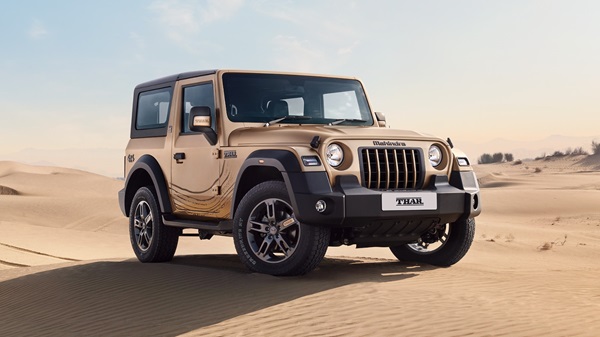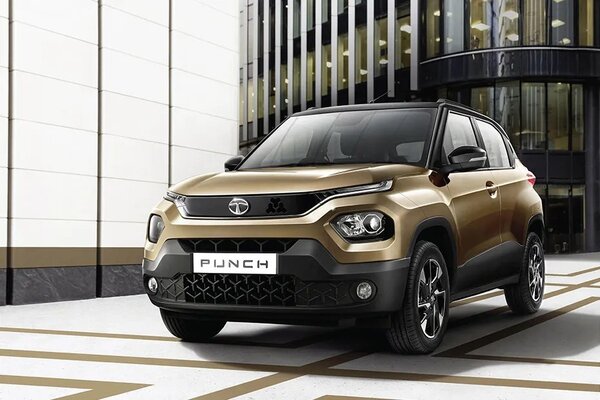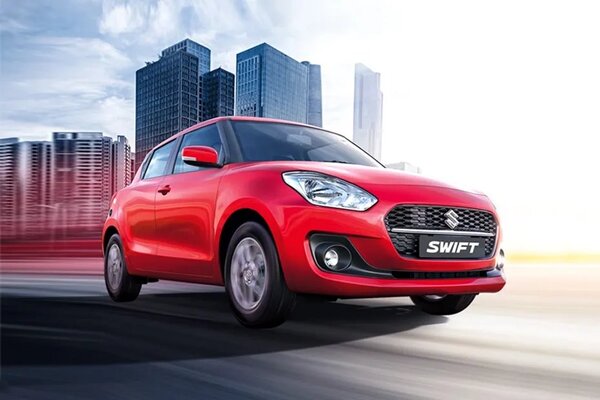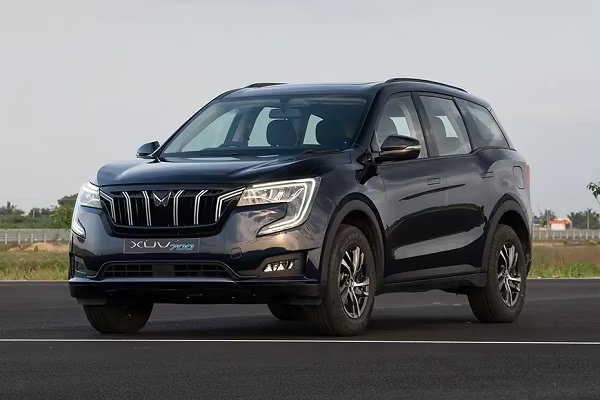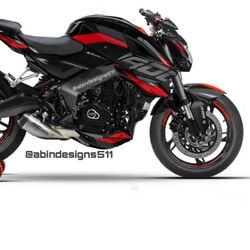Force to reckon with


The B8 A4 that debuted in 2008 was bigger and better than the old A4 in almost every way. But increasing competition from Mercedes with its facelifted C-class and with an all-new BMW 3-series on its way, Audi needed to re-arm the A4. Enter the refreshed 2012 Audi A4.
The designers have taken absolutely no risks with the facelift. Except for the new LED array in the headlights, you'll need to take a long, hard look to spot the differences. The LED units are now sharper, flowing down the headlight before doubling back.
Trending Cars
For reasons known only to Audi, it has aimed to make the A4's face look 'flat'. The 'Bavarian beard' grille has also been trimmed. Angled top edges give it a hexagonal shape, bringing it in line with newer Audis. The rear too gets a mild tweak with the taillights getting a revised LED layout.
The new steering wheel gets a sporty round boss and the materials feel richer. The dashboard, door handles and the surround for the gear lever get a smart wood trim and Audi has also used a glossy 'piano black' plastic for a sleeker look.
On the equipment front, Audi is now offering MMI Navigation Plus with an advanced graphics chip that can display maps in 3D.


A quick drive down the coastal Portuguese roads proved the 2.0 TFSI to be quite pleasant and the engine feeling smooth and very tractable with the manual gearbox.
But, the highlight was the steering. The new electromechanical unit made the steering feel well weighted, crisp and very direct. As before, the 1.8 TFSI will be the base petrol motor, albeit in a reworked avatar. Now there are two sets of injectors per cylinder, one for direct and the other for indirect injection which help improve efficiency and reduce emissions. Driveability is improved thanks to an electronic waste-gate on the turbo that fattens up the torque curve. The result is a jump in torque from 25.5kgm to 32.6kgm that can be tapped from 1400rpm right up to 3700rpm. Power is also upped to 170bhp.
The top-of-the-line 3.2 FSI V6 is likely to be replaced by a 290bhp version of the 3.0-litre supercharged motor from the A6. With the facelift, Audi is likely to bring the 2.0-litre diesel in two states of tune. One will be the ultra-efficient 160bhp front-driver and a 174bhp version with Quattro. The top-end diesel remains the 3.0-litre TDI with Quattro and the S-tronic gearbox.
A drive in the 2.0-litre TDI showed the merits of the dual-mass flywheel amply. The engine felt much smoother at lower revs. As a result, at times it was possible to stick to a gear higher than you normally would, the motor's strong torque pulling you back up to speed quickly.
Q&A
Change engine oil regularly
My ₹15 has clocked 55,000km in three years and has had quite a bit of thrashing from me. Now the engine is vibrating a lot and has started consuming engine oil in large amounts. The engine burns the oil at really high engine speed — about 6000-7000rpm — especially when the engine is hot. It also feels like the compression has been reduced. Can getting new piston rings help? I use Yamalube's semi-synthetic 15W50 engine oil. What do you think about going for fully synthetic engine oil? Which one would you recommend? Clutch plates are doing just fine, but the pick-up isn't as good as it used to be. Top speed is still decent though. What do you suggest I do?
—Vikas Shokeen
The bike eating up oil is bad news. It could be something like a blown crank-case oil seal or even worn valve stem seals, for a motorcycle should not usually damage its piston rings so early in its life. This is a problem that can only be correctly pinpointed after opening out the engine, and examining parts for wear or damage. To avoid early wear change your engine oil regularly, at most within 5000 km. You don't really need to switch to fully synthetic oil with such a small engine, but Mobil 1 has always been the best, should you choose to go down that expensive path. Another thing to keep in mind is to never push the motorcycle hard without a good warm up. Go easy for at least the first ten minutes of riding so the oil temperature/viscosity can reach optimal levels. Immediately getting astride and hammering the bike can cause this kind of irreversible wear.
How do the Karizma ZMR and the Bajaj Pulsar 220 DTS-i compare?
—Kohsa Lamora
Go for the Bajaj Pulsar 220 DTS-i. It's a bike that offers better value for money than the Hero MotoCorp Karizma.
- Autocar India







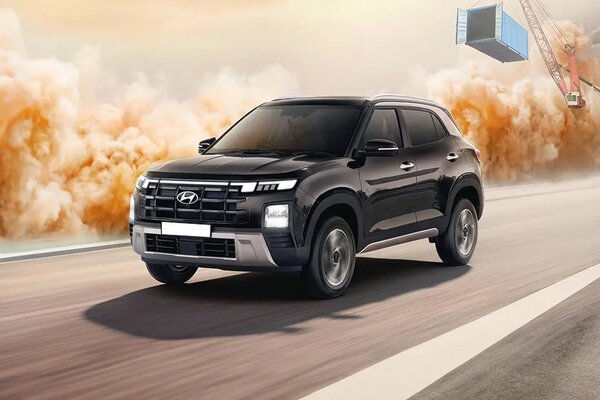
 1497 cc
1497 cc Multiple
Multiple